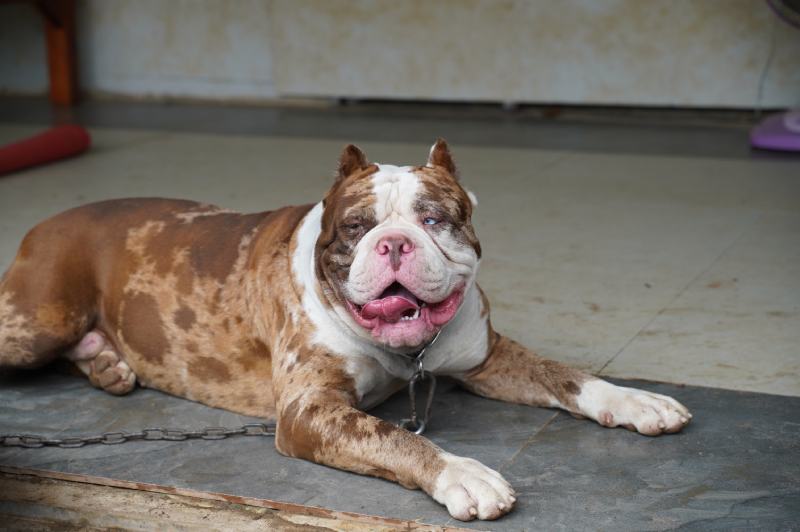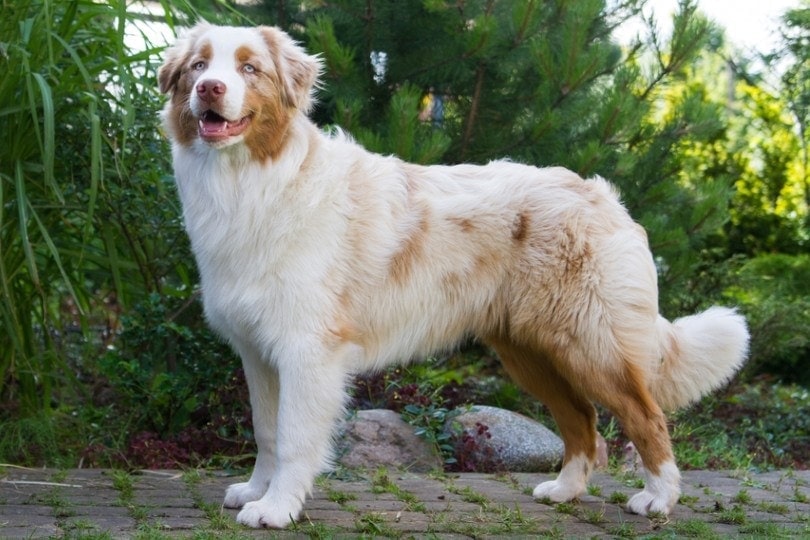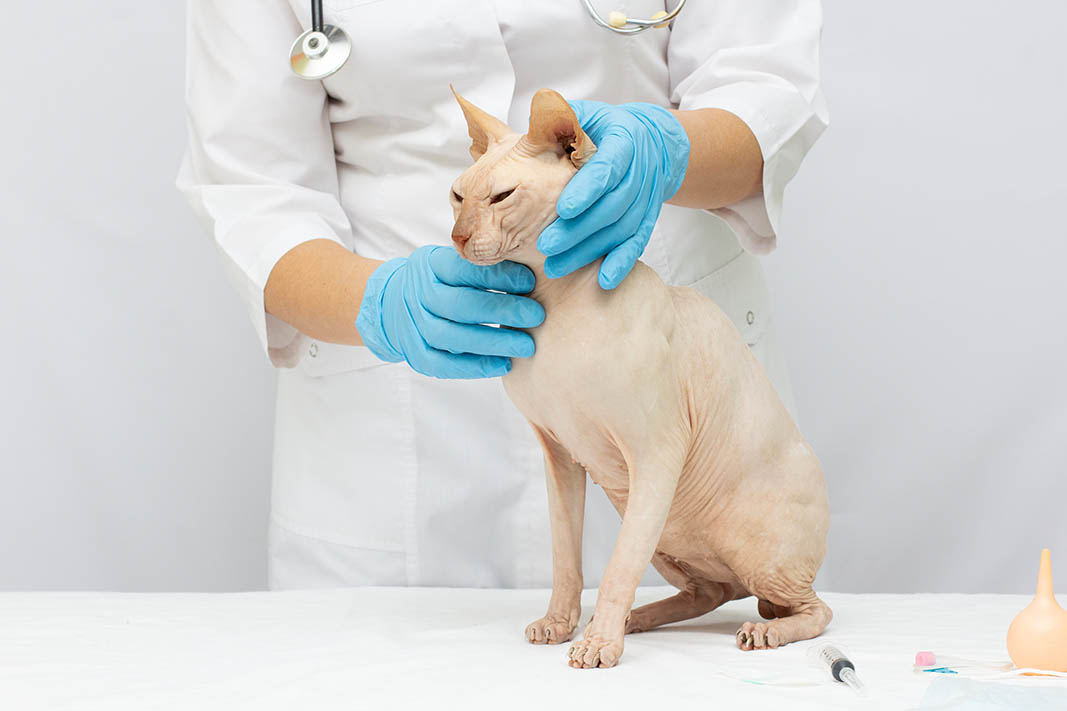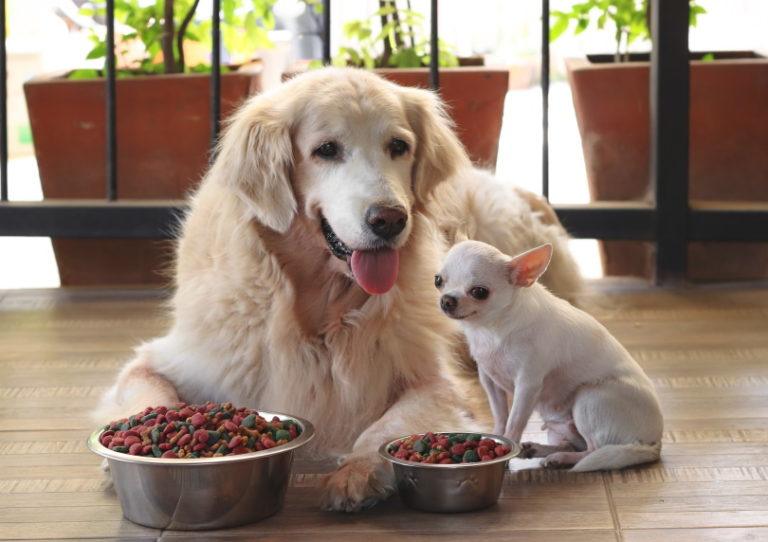Schneagle (Miniature Schnauzer & Beagle Mix): Info, Pictures, Traits and Facts

Updated on
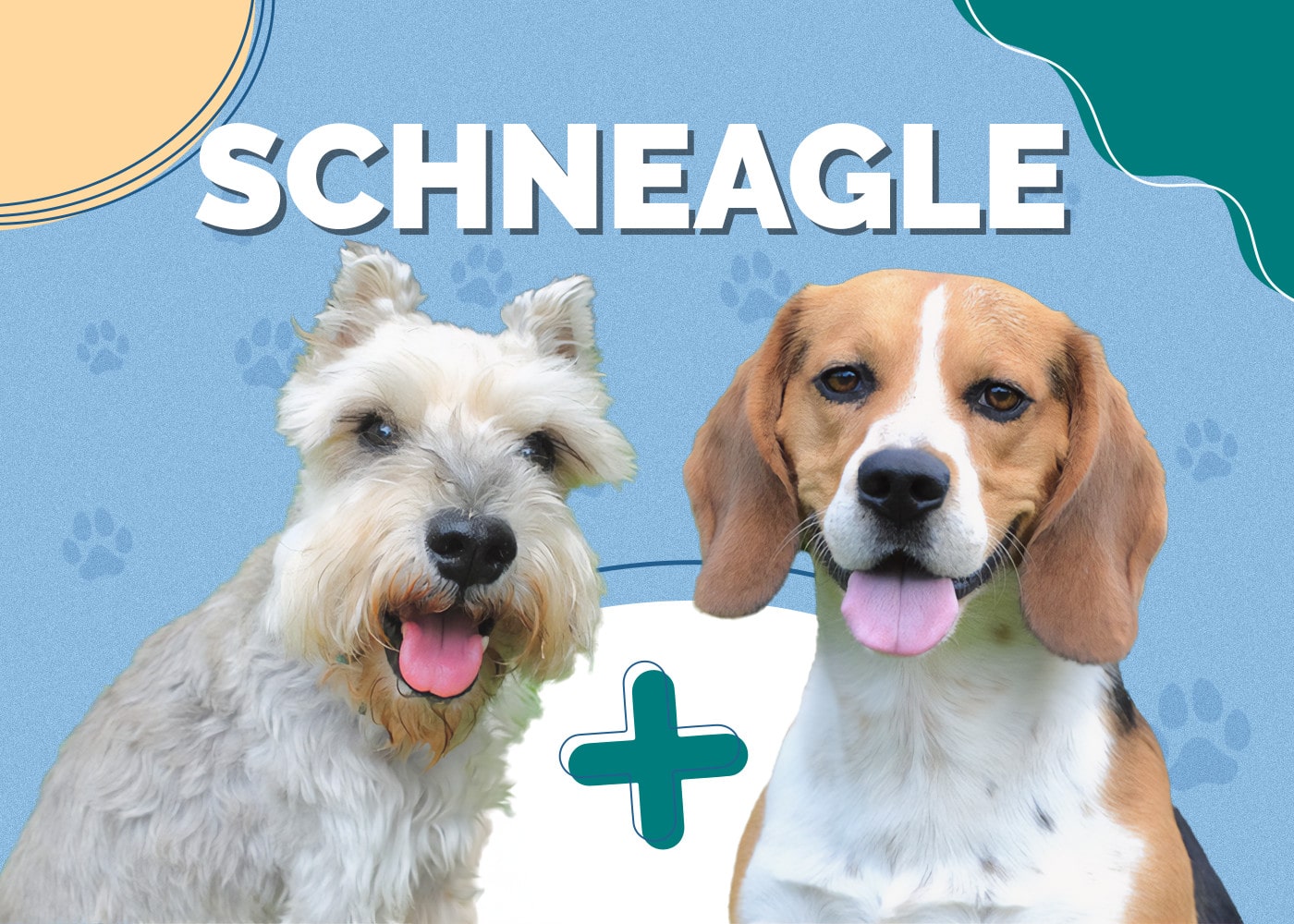
| Height: | 12–14 inches |
| Weight: | 10–20 pounds |
| Lifespan: | 12–15 years |
| Colors: | White, black, brown, tricolored, fawn |
| Suitable for: | Apartment dwellers, families with children, homes with other dogs, mild allergy sufferers |
| Temperament: | Friendly, Playful, Energetic, Social, Needy, Loyal, Eager to please |
The Schneagle is miniature in size but certainly not in spirit. They descended from two purebreds that are exceedingly popular with families: the Miniature Schnauzer and the Beagle. Rarely weighing more than 20 pounds, these diminutive pups have made a loving and energetic addition to many homes in the United States since their development two decades ago.
The pint-sized Schneagle always seems to want to be the life of the party and won’t shy away from playing around, roughhousing, and otherwise making sure that everyone knows it’s in the room. If you’ve been looking for a dog well suited to apartments or small homes that will always keep you entertained, the Schneagle should be at the top of your list.
For anyone thinking about buying or adopting a Schneagle, there’s plenty that you’ll need to consider before deciding whether they’re right for you and your home. That’s why we’ve put together this guide on the Schneagle. You can keep reading to learn more about how much you can expect to pay for a puppy, how easy (or difficult) they are to train, and important considerations for their health and maintenance.
Schneagle Puppies
Before you’re sure a dog is suitable for your home, it’s essential to look at their history and heritage. Since dogs have been developed for centuries to fulfill specific roles in their owners’ lives, a closer look at where they come from will always leave you better informed about whether they’ll be a natural match for your home.
To better understand whether buying a Schneagle puppy is a good choice, let’s examine each of the parents before discussing how these traits come together in this unique breed. Translated from German, Schnauzer means “snouter” and refers to the prominent muzzle and whiskered snout.
These distinctively bearded dogs are easy to pick out of a crowd and come in three sizes: standard, giant, and miniature. Regardless of the breed’s size, Schnauzers are intelligent, independent, protective, and energetic. As one of the smallest of the hound group, Beagles were developed as scenthounds whose purpose was to hunt wild hares.
Their incredibly acute sense of smell gives them superior tracking abilities but can also incline them to wander off while on the trail of a scent. They’re intelligent and good-tempered, have few inherited health problems, and are popular pets due to their gentle dispositions.
Bringing together the traits of the Miniature Schnauzer and the Beagle produces the mild-mannered but occasionally stubborn Schneagle. They’re loving and caring to an extreme, develop close bonds with their owners, and can be prone to anxiety if left alone for too long. They generally tolerate other dogs and children, but their single-minded focus can make them challenging to train.
3 Little-Known Facts About the Schneagle
1. The Schneagle is a Good Option for Mild to Moderate Allergy Sufferers
If your Schneagle is descended from a line of short-haired Miniature Schnauzers, they will end up being a hypoallergenic pet. While no dog can be completely free of the ability to produce irritating allergens, short-haired dogs like the Schneagle that don’t shed much are a viable option for allergy sufferers. When brushed and washed regularly, many allergy-prone owners report no aggravation of their symptoms.
2. Schneagles Suffer from Severe Wanderlust
Because they are descended from terriers and hounds, Schneagles are doubly prone to running off after interesting creatures outdoors. From their Schnauzer side, many Schneagles inherit a prey drive that encourages them to chase after small animals. From their Beagle side, the dogs will follow scent trails and go on their own adventures. It’s vital to keep them on a leash outdoors, no matter how well-trained they may seem.
3. Schneagles Respond Well to Persistence and Affection While Training
Both sides of the Schneagle’s family tree are known to experience significant difficulties with training due to their stubborn willfulness and single-minded focus. If you’re keen to teach your Schneagle obedience and new tricks, there’s one trick that always works: overcome their stubbornness with consistent daily training at first, then reward their anxious side with positive attention and affection. By appealing to their eagerness to please, slow but steady progress can be made in training.
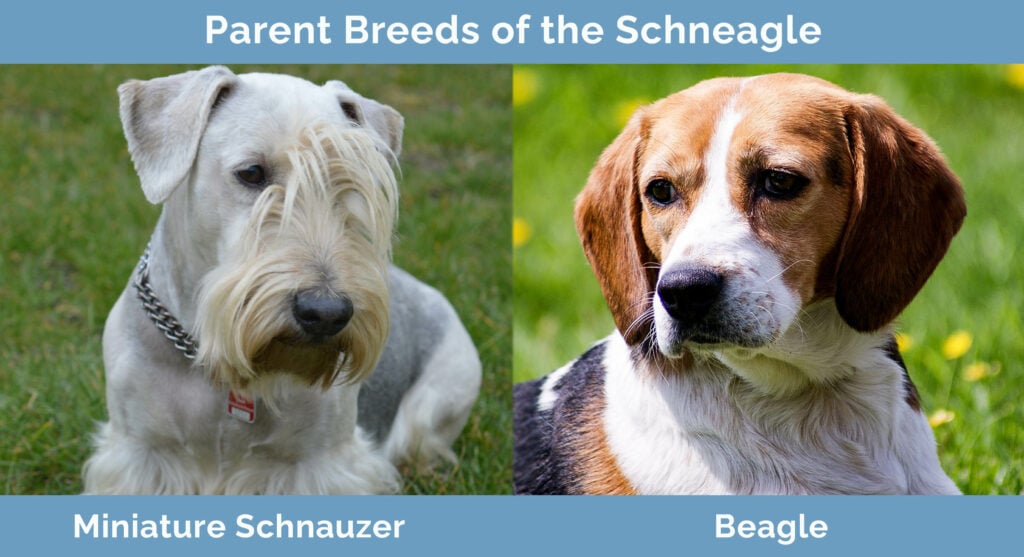
Temperament & Intelligence of the Schneagle 🧠
As a highly intelligent dog, the Schneagle’s temperament is a complex mix of varying influences from both sides of their family tree. Because both the Miniature Schnauzer and Beagle are mixed breeds developed over many generations of breeding, the temperaments of individual dogs, even within the same litter, can differ drastically.
Schneagles feel a strong need for human attention and affection and will get nervous and anxious if left alone for too long. They’re often happy to spend their days away cuddling with you on the couch and can be seen following their owners around from room to room to get more of their attention.
Are These Dogs Good for Families? 🏡
The Schneagle is a fantastic dog for families – or, to put it more accurately, having a large family is ideal for a Schneagle! Because of how much they thrive on attention and affection, having multiple family members to love and care for a Schneagle will make them incredibly happy. They’re kind and gentle with children of all ages and seem to get along well with both energetic and quieter children.
Does This Breed Get Along with Other Pets? 🐶 😽
If socialized from a young age, Schneagles can quickly learn to get along well with other dogs of all sizes. Due to their combination of terrier and hound instincts, however, they don’t get along well with other small animals and pets such as cats, rabbits, or birds.
Things to Know When Owning a Schneagle:
Does the compact and friendly Schneagle sound better and better to you? Before you commit to buying or adopting one of these dogs, it’s wise to consider how their nutrition and health needs relate to your lifestyle.
Food & Diet Requirements 🦴
Small dogs like the Schneagle require a similarly small amount of food, with most Schneagles needing no more than one cup of high-quality dry dog food per day. They can be greedy eaters, so it’s recommended to break this single cup of food into three servings doled out throughout the day. Always monitor your Schneagle’s food intake closely (including treats) since they gain weight quickly.
- We reviewed the best low calorie dog treats- check out our top picks here!
Exercise 🐕
The Schneagle is energetic but not pushy, and they’ll get some of their exercise simply by following you around the house as you move from room to room. Still, it’s advisable to provide them with around an hour of moderate exercise per day to keep their weight in a safe and healthy range.
Training 🦮
Both Schnauzers and Beagles are well known for their difficult attitudes towards training. Where the former trends towards independent stubbornness, the latter tends to over-focus on individual tasks and miss cues and commands.
Inexperienced owners will find it incredibly difficult to train a Schneagle, but a little bit of professional obedience training and coaching can go a long way toward correcting any undesirable behaviors.
Grooming ✂️
Blessed with short but thick and wiry coats, most Schneagles shed very little and require infrequent grooming. Brushing once per week is enough to keep their hypoallergenic coats looking great. Combine this with regular teeth cleaning, bathing, and nail trimming, and your Schneagle will stay healthy.
Health and Conditions ❤️
Neither the Schnauzer nor the Beagle is afflicted with commonly occurring hereditary diseases, which is a trait that the Schneagle shares. Still, they can experience any of the following conditions:
- Cherry eye
- Glaucoma
- Epilepsy
- Hip dysplasia
- Intervertebral disc disease
- Patellar luxation
- Distichiasis
Male vs Female
Female Schneagles routinely weigh less and have smaller frames than their male counterparts, though that is not a definite rule. The body composition of a Schneagle, as well as their temperament, is determined more by which parent’s traits influence their personality.
Final Thoughts
The Schneagle may be the ideal small companion animal for families with children of all ages, and their constant need for attention and affection can be difficult for just one or two people to meet. If given proper care, this loving and loyal breed will reward you with many years of happy and healthy friendship. As long as you’re prepared to deal with their sometimes challenging training, the Schneagle will make an excellent addition to your home.
Related Reads:
Featured image credit: Chonlawut, Shutterstock





